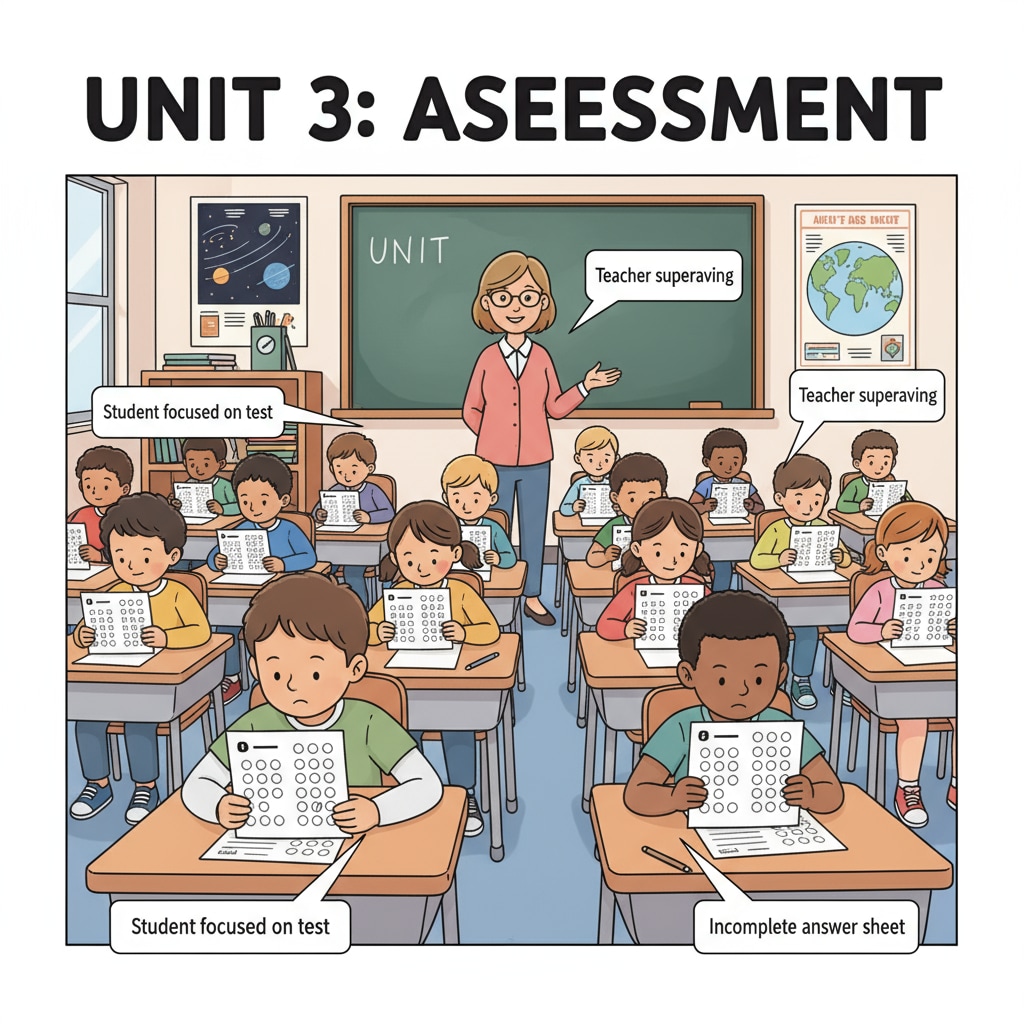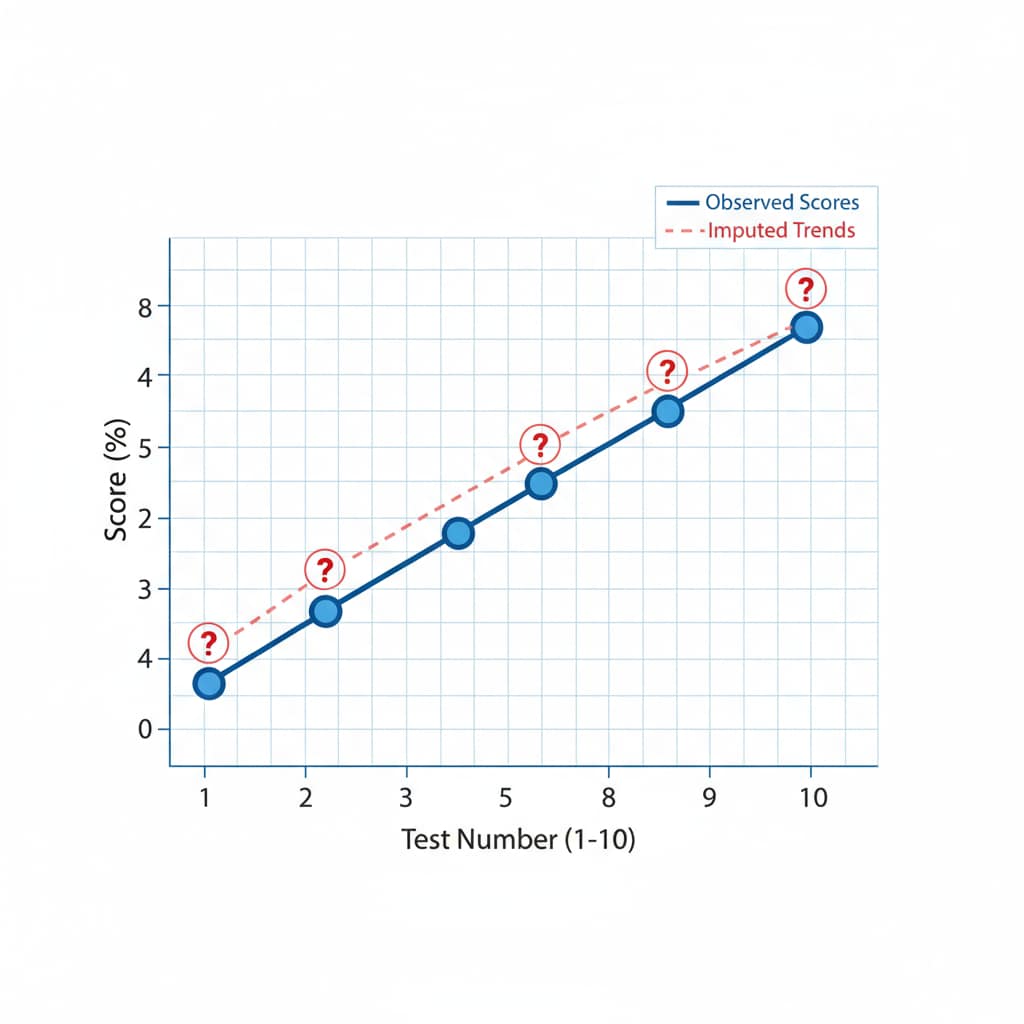In the realm of K12 education, datasets, test scores, and outliers play a crucial role, especially when dealing with the complex issue of uncompleted test score data. Understanding how to manage these elements accurately is essential for educators to gain insights into students’ learning progress.
The Challenge of Incomplete Test Scores
In K12 education, it’s not uncommon to encounter incomplete test scores. These can occur due to various reasons, such as students leaving questions unanswered, missing parts of the test, or not showing up for the assessment at all. For example, a student might be distracted during a math test and skip several questions. This incomplete data can pose a significant challenge when analyzing the overall performance of the class. As a result, traditional data processing methods often struggle to provide an accurate picture of students’ true capabilities.

Limitations of Traditional Data Processing
Traditional approaches to handling test score data typically involve simple methods like excluding incomplete records or assigning default values. However, these methods have significant limitations. Excluding incomplete records can lead to a loss of valuable information, especially if a large number of students have incomplete scores. Assigning default values, on the other hand, may distort the overall dataset. For instance, if a default score of zero is given for unanswered questions, it may unfairly lower a student’s overall grade. According to Wikipedia’s page on data cleaning, improper handling of such data can lead to inaccurate conclusions.
Multi-Dimensional Solutions
To overcome these challenges, a multi-dimensional approach is needed. One solution is to use statistical techniques to impute missing values. This could involve using the mean, median, or mode of the existing scores to estimate the missing values. Another approach is to consider the context of the test and the student’s previous performance. For example, if a student has consistently performed well in similar tests, a more accurate estimate of their potential score can be made. Additionally, educators can use data visualization tools to identify patterns in the incomplete data. As shown on Britannica’s data visualization page, visualizing the data can help in making more informed decisions.

In conclusion, handling uncompleted test score data in K12 education requires a careful balance of understanding the datasets, test scores, and outliers. By moving beyond traditional methods and adopting multi-dimensional solutions, educators can gain a more accurate understanding of students’ true learning status, which is crucial for providing targeted support and improving educational outcomes.
Readability guidance: This article uses short paragraphs and lists to summarize key points. Each H2 section provides a clear perspective. The proportion of passive voice and long sentences is controlled, and transition words are used throughout to enhance readability.


